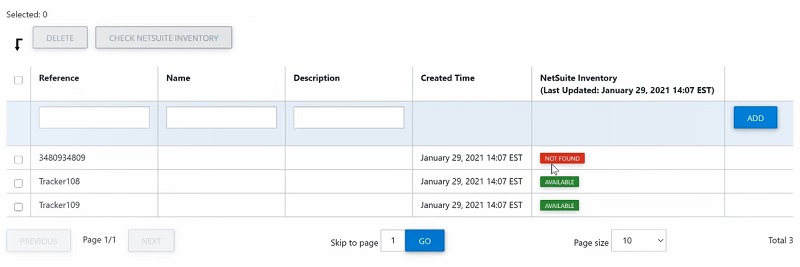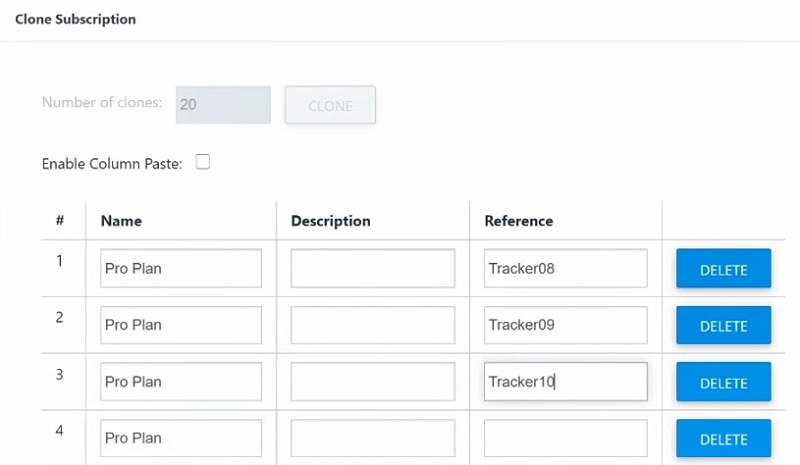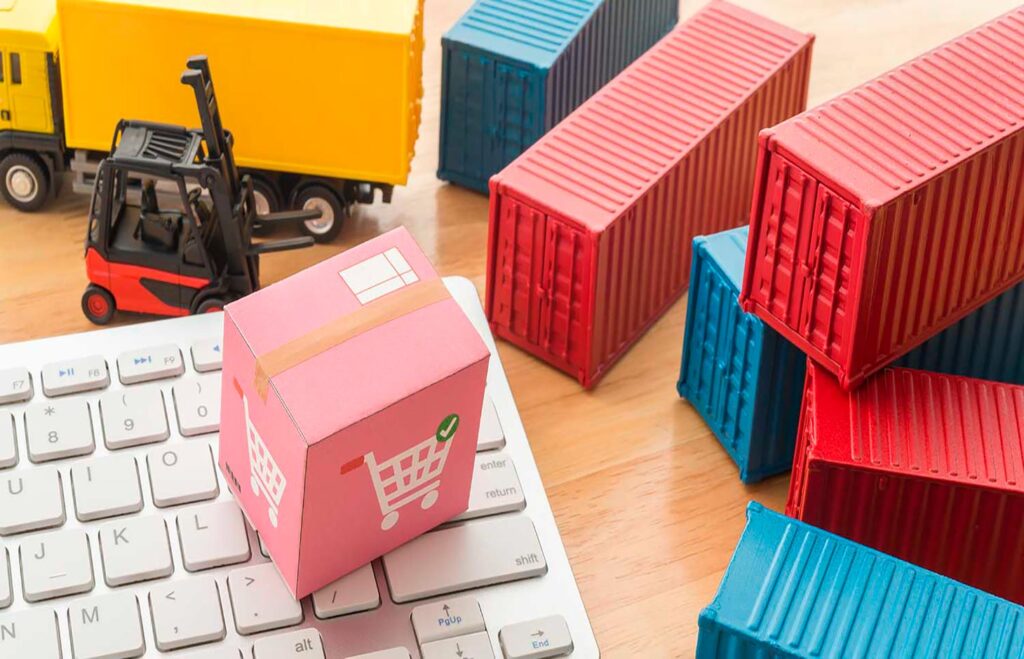Today, most American household have access to more than ten IoT connected devices. This includes everything from phones, watches, computers, and headphones to exercise machines, an array of smart home devices and appliances, and a whole lot more.
And these are just the consumer products.
The commercial connected device market is enormous and continuously growing as well. For example, the military and commercial use of telematics is spurring this market alone to reach a projected worth of more than $45 billion by 2022.
The grand total number of IoT connected devices in the world is set to hit a mind-boggling 35 billion in 2021. And it’s pretty likely the continued roll-out of 5G technology will only accelerate this growth.
Of course, what comes along with so many of these connected devices? Subscription services.
This is where is starts to get a little tricky for the businesses that are leveraging all this IoT success.
Keeping up with the sales, inventory management, and fulfilment of simple products can be challenging enough for a business. But when you throw in the complications of managing and selling serialized connected devices, and also billing for recurring subscriptions on those devices, the process gets a little more complicated.
This scenario doesn’t even factor in a situation where you might want to rate and bill for usage on connected devices on a recurring basis.
The solution to these challenging scenarios comes down to integration and automation.
Streamlining simple and serialized inventory management through your ERP and billing platform
In the recurring billing space, more and more vendors that traditionally sold devices with associated services in stores are starting to sell their own hardware directly. They can often do this at a lower fixed initial cost, and then add on their accompanying monthly subscription fees.
Each of these devices often has a unique serial number associated with it. Therefore, it’s critical for a business to know which devices it ships to which customers. Not only does the business need to:
- ensure each unique device is only sold once for obvious reasons, but also
- the digital data from each device needs to be accurately saved to the correct customer in its systems.
This is where that integration and automation comes into play.
To accurately put the entire process on automatic mode, from customer purchase to inventory reduction to fulfillment and then on to billing, business’s need to integrate their technology solutions along the way.
Your business’s recurring billing platform should communicate with your ERP solution’s inventory module whenever a new inventory item, or even 100s of items, are added to a customer draft purchase.
And when the inventory items are serialized, billing clerks need a way to confirm that each unique device’s serial number associates to a serialized inventory item available in your ERP.
Adding assurance to serialized inventory management: the Stax Bill to NetSuite integration
At Stax Bill, we were seeing a growing number of customers operating in this space, requiring the ability to better manage, fulfill, and bill for serialized devices. To address this requirement and solve a lot of pain points especially for IoT billing, we continue to build a deeper integration with NetSuite and its inventory module.
Through this integration, businesses can now map the products from their Stax Bill catalogs—both simple and individual serialized items—to their NetSuite inventory modules.
Here’s how the process works.
- When your warehouse receives serialized devices, your receiver scans or enters them into your NetSuite inventory module. They may even associate the inventory items to a specific warehouse. These devices live in your inventory module until they’re sold.
- When a salesperson makes a draft purchase for devices for a customer, she might request 20 new devices. This is the target order quantity for the serialized inventory items.
- From there, it’s up to someone in your warehouse responsible for fulfillment to receive that draft purchase and scan or use a CSV file to load the appropriate number of devices into the Stax Bill system—we support both methods.
- The fulfiller can then use Stax Bill’s NetSuite inventory check module to confirm the existence of these items in NetSuite before they complete the purchase.
- Through API, Stax Bill calls NetSuite and asks, ‘do you have these devices available in X warehouse’?
- If the answer is ‘no’, you cannot move forward with the purchase. You have to delete the devices and find devices that ARE available. This ensures you’ll never double-sell serialized items and that your inventory is accurately maintained.
- If the answer is ‘yes’, the purchase can be completed through the Stax Bill system, an invoice will be sent to NetSuite for the purchase, and the devices will be reduced from your total inventory.

Simple inventory items—for example, wires, chargers, batteries, etc.—are similarly reduced from your NetSuite inventory when purchased through Stax Bill. However, the scanning and checking for unique items is bypassed since these types of items aren’t unique.
Stax Bill also enables billing clerks to split purchases.
For example, if warehouse A only had 10 of the 20 devices you need, you can process those 10 and then repeat the process with fulfillment from warehouse B to reach the full order quantity.
Subscription billing for IoT devices
So, the devices and any necessary hardware have been fulfilled and your inventory has been appropriately reduced.
How can you make money from this transaction, and continue making it on a recurring basis for any associated services?
- To complete the process from the Stax Bill side, businesses can associate specific serialized devices to individual recurring subscriptions.
- Customers are invoiced, billed, and payment is collected automatically on a set schedule.
- Your business can also leverage our standing order subscriptions and cloning functionality if you need to add multiple devices with recurring subscriptions to multiple customers.

This ensures you don’t ever have to recreate identical subscriptions, which is incredibly useful if for example you’re a telematics business with thousands of customers that each have hundreds of subscriptions on devices.
Now let’s say your business doesn’t want to charge a set recurring subscription fee for devices—you want to charge for usage on each device.
- Leveraging Stax Bill’s webhooks, each individual subscription on a device can alternately have a usage meter attached to it that calculates billing based on assigned pricing parameters.
- And through API, usage on a device can be sent to Stax Bill either transactionally or on a daily or monthly basis.
The right billing platform enables seamless inventory management and fulfillment for IoT
At the end of the day, inventory management is about maintaining your stock of products to ensure you continually have what you need to fulfill customer orders in a seamless way.
Whether your business is trying to perfect its flow for simple inventory items, or whether you have more complex requirements because you’re an IoT business with serialized devices, the right billing platform can digitally transform your process.
Through Stax Bill’s continually enhanced integration with NetSuite and other key solutions in your technology workflow, we’re here to support and optimized businesses in the IoT space.






